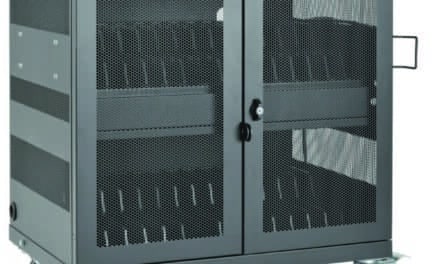Cell phones, digital TV and FM telemetry were just the beginning. Wireless barbarians are at healthcare’s gate and poised to surge into our facilities with handheld systems that power medication order systems, charting tools and links to laboratory results. Without guidance, these uncontrolled networks could pillage a hospital’s electromagnetic spectrum and create medical havoc. Arm yourself.

Meanwhile, medical facilities have been using wireless telemetry for patient monitoring for decades. Now hospitals and other healthcare providers are also looking at WLANs as a means to expedite and improve other aspects of healthcare, such as prescription writing and patient record keeping, not to mention moving and managing the data-heaps generated by administrative tasks. Thus, it is no surprise that market watchers are predicting the U.S. WLAN market could reach $3 billion in 2002.
In addition to creating a healthy market for WLAN equipment vendors, increased interest in wireless technology is putting enormous pressure on the radio spectrum. This raises important questions for Scott Burke, Product Manager, Wireless Systems, of GE Medical Systems, Information Technologies. “What we are seeing is the fact that there are a lot of users out there. ISM (the Industrial, Scientific and Medical RF band) is open to everybody. It’s unlicensed; everybody can use it. We’re seeing several hospitals that are installing mobile telephony, medical applications, and IS departments that are deploying wireless laptops. The challenge is in how to manage that and how to optimize wireless bandwidth use.”
Systems in hospitals — because of the wide variety of wireless technologies used inside them, the facility’s rabbit-warren-like architecture and the presence of diathermy, commercial microwave ovens and other RF-radiating heavy equipment — face challenging bandwidth congestion, signal loss and outright interference. And when the inevitable RF traffic jams occur, biomeds will be the first called to unsnarl the wireless freeway.
To purchase the full text of this article, click here…



